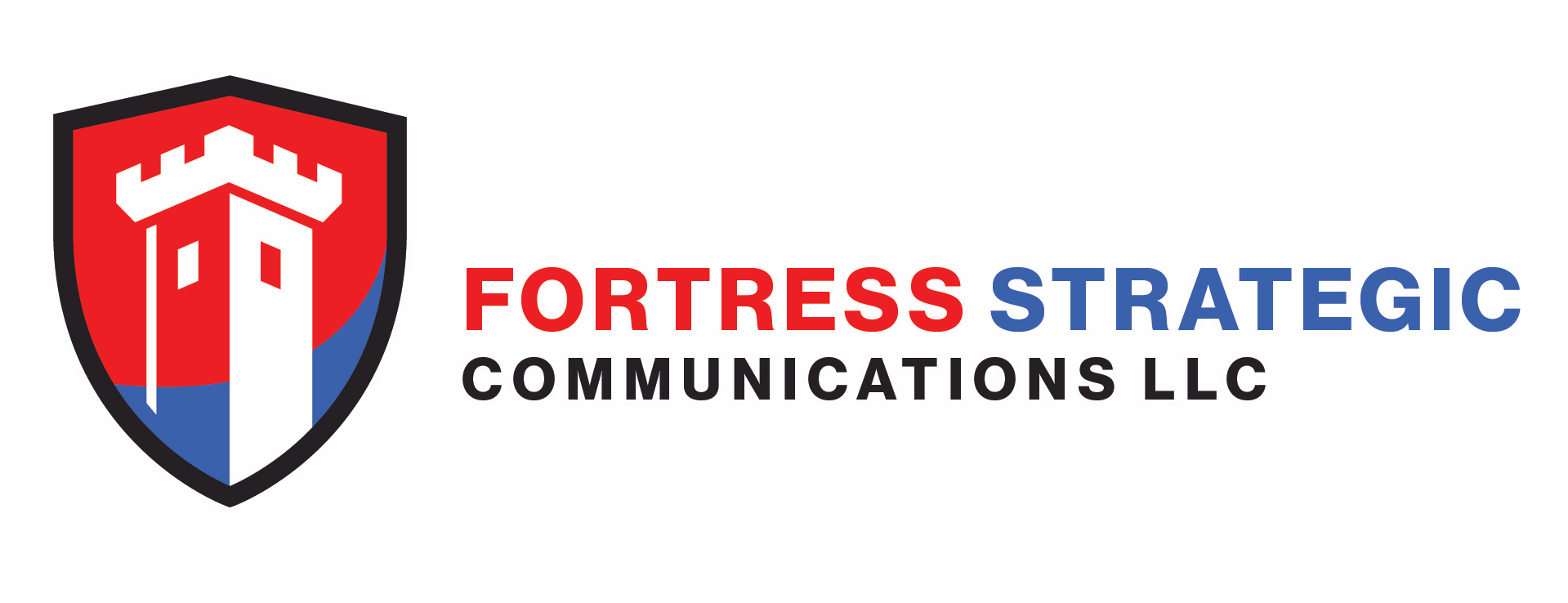Employees Can Help Amplify And Connect Company Messaging
In our hypercompetitive world, people who truly need to connect to a business and its products are often not getting the message. Even when a company’s PR campaign incorporates strong media relations, content marketing, advertising, social media savvy, and viral activation, that may not be enough to connect the brand to current and prospective customers who face information overload on a daily basis. Breaking through the noise calls for a unique approach that will not only elevate brand awareness, but also rapidly communicate and amplify news, position the company, and promote products and services in an appropriate manner.
Consider this: some of your most important and effective branding and PR agents could well be loyal employees. Many employees are active in wide-reaching social media networks and enjoy presence and influence within these networks. Many also wield substantial influence in real-world arenas such as school boards, fraternal orders, social clubs, sports clubs, religious and charitable institutions, political organizations, volunteer organizations, etc. Simply put, strong new PR partners could be within your own ranks.
Company employees are a potential mother lode of brand advocates and amplifiers. According to an article in Fast Company by Hootsuite CEO Ryan Holmes:
- Employee social advocacy programs, which encourage staff to share updates about the business on their own social media accounts, have grown by 191 percent since 2013.
- 2016 could be the year that companies start focusing on the value add that their own employees bring to the mix.
Research conducted by the Altimeter Group entitled “The 2015 State of Social Business: Priorities Shift from Scaling to Integrating” sheds more light on this potent practice:
- Interest in employee advocacy has grown 191% since 2013, with 45% of respondents naming it a top external objective.
- 38% of responding organizations planned to spend more than 20% of their total advertising budgets on social media channels in 2015, up from 13% in 2014.
Of course, the jury is still out on the efficacy of this approach. The Altimeter group remains somewhat cautious, suggesting that employee advocacy may be over-hyped. They go so far as to advise strategists to “temper expectations, especially those of brand leadership who view employee advocacy as a button to push, with the output being an instant expansion in their social network reach.”
While engaging employees in leveraging existing social assets may not be a magic pill, slow and steady gains can be realized. With careful consideration and planning, it is possible to avoid common mistakes and increase the likelihood that efforts will pay off in the long run. To boost benefits and mitigate drawbacks when implementing an employee advocacy program, several vital guidelines and ground rules need to be understood, established, and enforced:
Cultural analysis: Define the culture of the company as specifically as possible, and be up front about the level of transparency. Determine how open management is to receiving input and opinions from employees. Then take the necessary actions to increase genuine trust, support and encouragement on both sides. Without a solid, supportive environment, an employee advocacy program can easily self destruct.
Risk analysis: Be sure to identify and analyze risk factors before implementing any campaign. A thorough risk analysis can reveal possible issues that could fall into the public domain, and help identify recent or future possible issues or events that the company would not want employees discussing on social media or in public.
Identify early adopters and best ambassadors: Determine which employees are active on social media platforms and in the community, along with how they specifically use social media. This homework will help minimize risk, but more than that it will help identify natural key influencers, a crucial step for the long-term success of any program. Ideally key influencers will be motivated to help drive the campaign.
While many companies may want to throw open the doors and allow all employees to be brand ambassadors, it may be wiser, from a risk and logistical management perspective, to select individuals and/or groups of employees who are already active on social media and who fully understand the company and its value proposition. According to GaggleAMP:
- Only 40% of employees are aware of their company’s goals, strategies, and tactics.
- Highly engaged employees outperform their counterparts by 202% and receive more feedback than those with low engagement.
The best traction may be found with employees or sales teams who engage regularly with customers. It may be best to exclude employees who work in research, development, and legal departments from these types of efforts, for obvious risk management reasons. Of course, each company is unique, and this suggestion will not apply in all cases. Ultimately careful consideration of the company’s specific situation and needs will help identify the best candidates for amplifying the message, and, most importantly, help determine the best approach for conveying the message to employees.
Design the campaign: Without a focused, realistic, and accurate strategy, the campaign may not achieve optimal results. Be sure to establish clear objectives and construct a timeline. Formulate the most appropriate strategies and select the best tactics available. Monitoring and evaluation is a significant component that will improve performance over time. Create real-world measurement parameters to determine the campaign’s success and improve future outcomes.
Establish policies: Similar to a social media policy, an employee amplification policy should clearly set out what types of messages employees are encouraged to convey on social networks and in the public sphere, as well as topics and points that are off limits. Employees should not be expected to communicate every piece of news that crosses their desks; rather, they should be encouraged to only share what they are genuinely interested in or deem newsworthy for their followers. Inappropriate or aggressive marketing to social contacts can backfire for both the employee and the company.
Social media and employee amplification policies can be integrated, as both are extensions of each other. To avoid gray areas, transgression of the policy needs to be linked to specific implications.
Provide training: Training for relevant employees needs to be targeted to specific objectives, and include all aspects of the employee amplification policy. In addition to receiving training on prudent use of social media, employees should be shown how to fully employ a variety of social media platforms. The objective is to extend the company message and profile across diverse platforms.
Launch the program: To sharpen focus and build solidarity, the campaign should be launched by the CEO of the company, who should also be actively involved as an advocate. An effective launch would include a special gathering and presentation, not just a simple informative email sent around the company.
Once the campaign has been launched, the content and messaging for sharing and amplification can be disseminated to employees using regular conduits such as the company blog, newsletters, intranet etc. Remember, if you don’t want something broadcast to the world, do not post it on any channel that can be reposted or forwarded. Keep in mind that while it may seem informal, the employee amplification program is a core component of a formal public relations campaign.
Monitor, measure, and incorporate feedback: Once employees start actively communicating and amplifying the company’s message, their efforts should be monitored and measured. Of course for a large organization with tens of thousands of employees, it would be impossible to monitor every Twitter, LinkedIn, and Facebook post, so large companies will need to implement online monitoring tools. Smaller companies should also consider using online monitoring tools. Any issues or contentious or incorrect posts and comments should be identified and handled with great care, as kindly and quickly as possible. While management needs to avoid appearing draconian, at the same time the communications department is the ultimate brand custodian for the company and needs to protect the brand and its critical value.
The campaign should be objectively measured to determine if it is reaching its objectives. Metrics can range from a rise in positive sentiment and increased volume of social media coverage, to a higher conversion rate of employees opting to join the campaign, or other pertinent parameters. The metric of improved employee influence analyzes the success of the actual campaign in enhancing a single employee’s or groups of employees’ online influencing capabilities.
Employees love feedback and need to be told how well they are doing. Those who are doing exceptionally well and are adding value to the company’s branding endeavors can be further incentivized and rewarded.
In conclusion, your company may have the finest brand ambassadors and communicators working hard every day: your employees. Consider enlisting them as engagement agents to broadcast activities and news. Just make sure a full strategic campaign and plan is in place that can be objectively evaluated once launched.
—ENDS—
Based in Syracuse, N.Y., Fortress Strategic Communications provides specialized strategic public relations and crisis communications consulting to companies that offer products, services, and solutions designed to manage and mitigate all types of risk. The company is able to draw on a combined 20 years of global experience from its executives in a wide array of vertical markets. For more information please visit: www.fortresscomms.com





